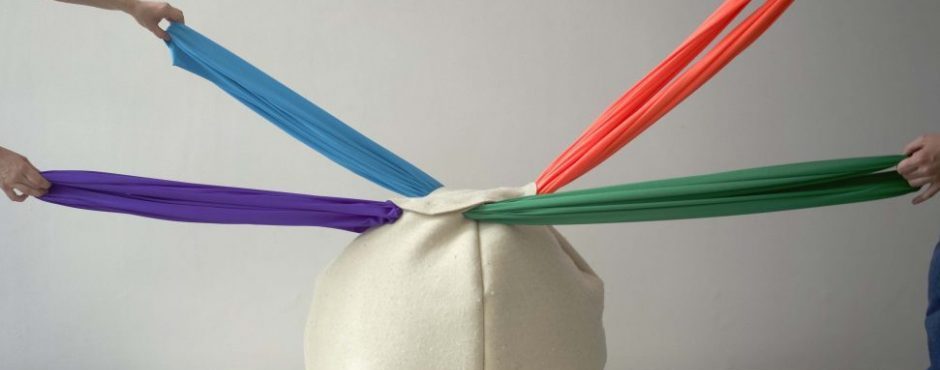Contextual Background (c.50 words):
There are many key challenges when assessing Y2 BA students studying UXD. For this blog, I will focus on the large number of students in class, the part-time contract, and the inability to give periodic one-to-one feedback. For context, students sit around the class in small groups of tables containing approximately 5 to 6 people each. The space between tables is insufficient.
Evaluation (c.100-200 words):
To address these challenges, I have implemented several strategies. For example, the unit I taught in Block 1 was thirteen weeks long and had several checkpoints for assessment. These included:
Table peer assessment: Students mainly completed peer assessments throughout block 1 in weeks 5, 9, 10, and 11. Only week 5 was a low-stakes assessment (Russell, 2010) as it provided early feedback to inform later assessments.
Half-Term Online Progress Check Form: Around week 7, I asked students to fill in an anonymous online form indicating their process stage. This was helpful, especially this year, as it enabled me to see their progress and what needed reinforcing.
Tutor feedback: This gives students a sense of reliability, an unbiased opinion, and honest criticism. Throughout the term, I offered in-person feedback and one-to-one appointments outside studio hours, which all students appreciated.
Combined peer and tutor feedback: In week 11, we held roundtable Crits (Doidge et al, 2000), during which students and tutors provided input. We asked them to write feedback on Post-it notes as their peers presented their research poster designs and allowed a few minutes afterwards for sharing. They shared some feedback, and tutors offered their comments.
Self-assessment: In week 12, I asked them to conduct a self-assessment exercise based on this unit’s Learning Outcomes.
As reflected in their mid-term feedback, peer crits received mixed feedback from students:

Moving forwards (c.250-350 words)
Russell (2010) highlights the importance of providing more opportunities for formative and medium-stakes feedback through a fair workload distribution and various assessment stakes. They link the different assessments and interconnect modules through feedback, which “helps students see relationships from one module to another and also see that feedback from one module can be used to support their learning in another” (Ibid). This made me realise that in my practice, although I use mainly medium-stake feedback (formative), I start the peer crits later than suggested (though I constantly give 1-to-1 feedback). Therefore, starting next term, I plan to introduce scheduled feedback sessions earlier on, i.e., week 2 or 3, starting with a low stake and moving on to medium ones.
Race (2001) talks about the importance of assessment diversification, suggesting a mix of self, peer and group assessment and using different formats such as posters, presentations, portfolios of evidence, artefacts, etc to achieve this. However, during a few TPP workshops, one colleague, Chuck, talked about their approach to Crits and how they enable students to a) choose the presentation format (videos, slides, illustrations, verbal, muted etc..) and b) choose the type of feedback they want to receive (sandwich, gossip, silent etc..). This resonated with me as it offered new insights on making Crits more inclusive, accessible/welcoming and fun. Together with the Inclusive and Development Crits guidance by the Arts SU (2024), these resources and insights will inform future directions for Crits during formative assessments.
Crits remain both a challenge and an opportunity for students and teachers and that’s why we should all work toward a balanced “studio ecology so it becomes more conducive for moral good” (McDonald and Michela, 2019, p.30).
(Total word count: 578)
References (additional to word count)
Arts SU, Inclusive and Development Crits report 2024. Accessed on 17 March 2025, at https://www.arts-su.com/news/article/6013/Crits-and-Inclusive-Learning-at-UAL/
Clark, H.H. and Brennan, S.E., 1991. Grounding in conversation. Perspective on socially shared cognition, pp.127-149.
Doidge, C., Sara, R. and Parnell, R., 2007. The crit: an architecture student’s handbook. Routledge.
McDonald, J.K. and Michela, E., 2019. The design critique and the moral goods of studio pedagogy. Design Studies, 62, pp.1-35.
Russell, M., 2010. Assessment diagrams from ‘Assessment Patterns: A Review of the Possible Consequences’ from the ESCAPE Project (supported by JISC). University of Hertfordshire.
